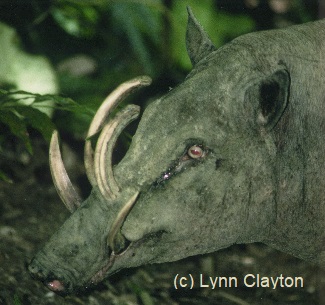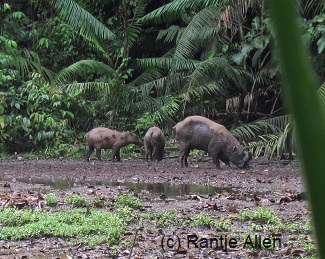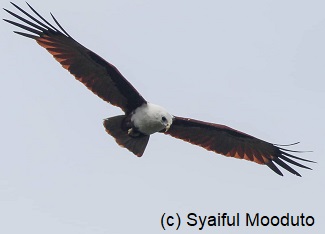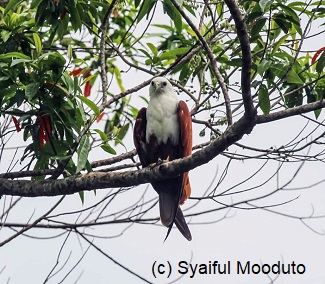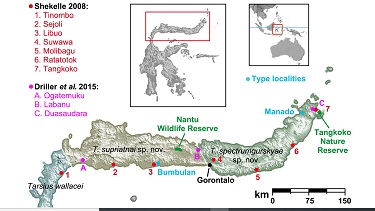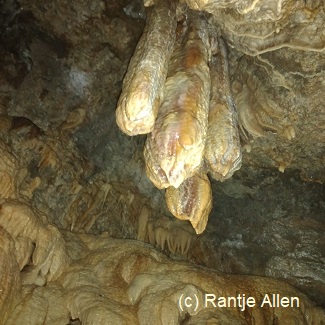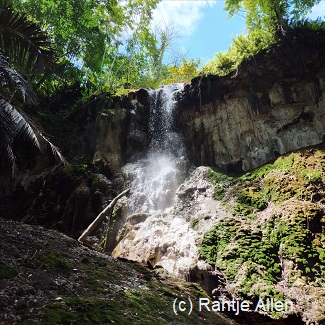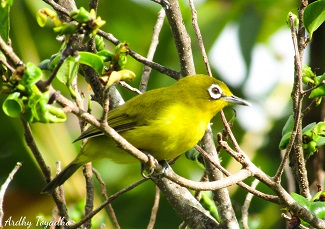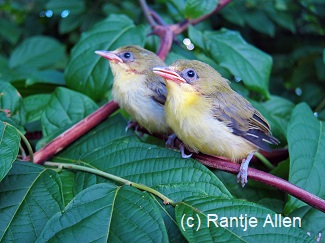Loading content - please wait...
Babirusa, an endemic animal of Sulawesi and surroundings
Babirusa, also called the pig deer, is a strange creature found only on Sulawesi and a few surrounding islands. One major nature reserve protecting it is in Gorontalo.
The Pig with Curving Tusks
The most distinctive feature of the babirusa is upward curving tusks. Besides a pair that juts from the animal’s jaw, another pair actually perforate the snout. Over time, those will curl backwards. Unless the babirusa wears these down with fighting or rooting, they will eventually penetrate the skull. Only adult males have those special tusks. However
, this distinctive feature occurs only among male babirusa found on Sulawesi. So, its scientific name is Babyroussa celebensis.During the last decade, the original species has been split into several others. Those found on Buru and Sula islands are Babyroussa babyrussa. Known as the Golden babirusa, its teeth are clearly shorter and more slender than its Sulawesi relative. Also, the fur of B. babyrussa is thick. Colors range from creamy gold to black. However, its hind quarters are black. Plus, the hairs are long.
Endemic to some Togian islands is B. togeanensis. Whereas the Sulawesi babirusa has so few hairs it appears almost naked, the Togian species has a pelt that is dark above and light below. Its hairs are quite short.
No one knows why no babirusa species live in islands between Sulawesi and the Buru-Sula islands. Also, an early European description of this curved-tusk animal is by Piso and dates back to 1658.
Lifestyle of the Babirusa
Like other swine species, the babirusa is an omnivore. However, its snout lacks a certain bone. That means its nose is too soft to dig into the ground like other pigs. It will only dig in mud and soft earth. This animal will eat vegetation, fruit, and animal material. Evidently, its strong jaws can crack nuts.
Adult males are usually solitary, whereas females and young travel together. A female will only produce one or two piglets per litter. Moreover, females only have two teats.
Nantu Forest Protects Endemic Species
In the heart of Gorontalo province is Nantu Forest. It consists of a wildlife reserve, measuring 33, 023 hectares plus a protected forest of 19,606 hectares. Additionally, there are ten thousand hectares of production forest. In total, its virgin rainforest measures about 500 square kilometers.
This preserve protects the watershed of two rivers. They are the Nantu and the Paguyaman. However, the primary purpose of the reserve is the wildlife of which much is endemic. This includes the Sulawesi babirusa.
One edge of the reserve is accessed via a very rough road. The trip can take four hours, depending on conditions. Since Nantu Preserve is not a national park, special permission from the Forest Ministry and the police is required for entry. If you would like to add a trek after your diving trip, please let us know when you make dive reservations.





